In the modern rail industry, where downtime can mean significant delays and efficiency is paramount, predictive maintenance has emerged as a solution to address equipment failures and optimise maintenance schedules. This approach utilises data analytics, machine learning algorithms, business intelligence and (where available) sensor technology to predict when parts are likely needing to be replaced – allowing for timely interventions to prevent breakdowns. While predictive maintenance offers several benefits, it also presents challenges and limitations that must be carefully considered.
We’ve taken a look at the pros and cons of predictive maintenance.
What Are The Pros Of Predictive Maintenance
Reduced Downtime
Perhaps the most significant advantage of predictive maintenance is its ability to minimise unexpected downtime. By identifying potential issues before they escalate into failures, organisations can schedule maintenance and potentially avoid costly service interruptions.
Cost Savings
Predictive maintenance can lead to substantial cost savings by eliminating the need for unnecessary maintenance tasks and reducing the frequency of emergency repairs. This optimised approach ensures that resources are allocated as efficiently as possible and groups of work in a localised area can be completed as one larger workbank of jobs.
Extended Lifespan
Proactively addressing equipment issues helps prolong the lifespan of machinery and infrastructure. By identifying and rectifying minor problems early on, organisations can prevent more significant damage that could result in premature equipment failure. We wrote more about this in our article Enhancing Rail Safety Through Asset Life Analysis
Improved Safety
Predictive maintenance enhances rail safety by reducing the likelihood of sudden equipment failures, which can create safety hazards. By maintaining equipment in optimal condition, organisations can keep their section of the rail network in the safest condition possible.
Data-Driven Insights
Leveraging data analytics and business intelligence powered by data from previous projects provides valuable insights into equipment performance trends and failure patterns. This information can inform data-driven decision-making processes, enabling network operators to continuously refine their maintenance strategies and optimise operational efficiency.
What Are The Downsides Of Predictive Maintenance
Initial Investment Costs
Implementing predictive maintenance systems requires a significant initial investment in sensor technology, data infrastructure, and predictive analytics tools. This upfront cost may pose a barrier to adoption.
Complexity
Predictive maintenance systems can be complex to implement and manage, requiring expertise in data analytics and machine learning. Organisations may need to invest in training or hire specialised personnel to effectively utilise these technologies. However, this is where platforms like Rail BI are especially valuable as it’s streamlined working practices offer huge savings in time and resources.
Data Quality
The effectiveness of predictive maintenance hinges on the quality and integration of data from various sources, including sensors, equipment databases, and maintenance records. Ensuring data accuracy and consistency can be challenging, particularly in environments with disparate systems and legacy equipment. Rail BI offers a central warehouse of data that is continually updated, so decisions can be made based on the latest information.
Limited Predictive Capabilities
While predictive maintenance can anticipate certain types of failures based on historical data and performance metrics, it may not be able to predict unforeseen or complex issues. Some equipment failures may occur suddenly and without warning, limiting the effectiveness of predictive models in certain scenarios.
Predictive maintenance offers numerous benefits, including reduced downtime, cost savings, and improved safety. However, its implementation requires consideration of factors such as initial investment, data quality, and the complexity of maintenance processes. As technology continues to evolve, predictive maintenance will play an increasingly vital role in optimising rail operations and driving success.
Rail BI empowers operators to optimise operations and make better data-driven decisions. For more information about our platform and to see how using business intelligence can significantly improve your planning for rail maintenance, upgrades and more, contact one of our team today for a demo of our rail planning platform
